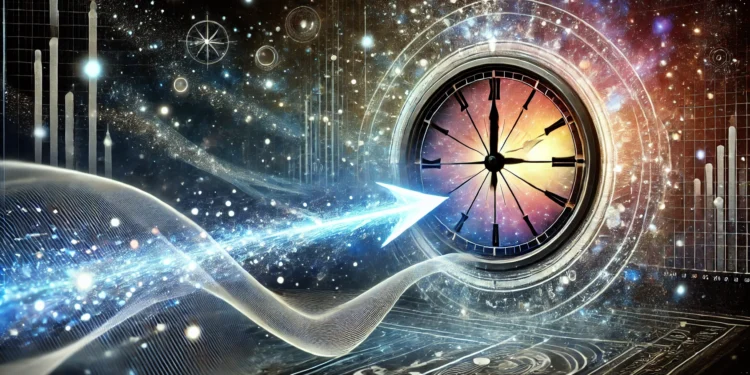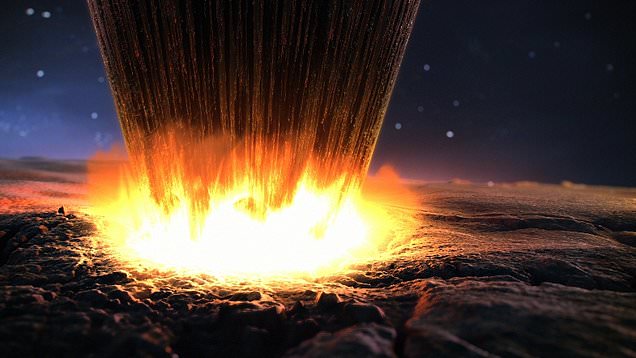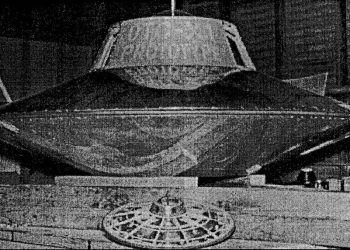Time seems straightforward—we move from past to present to future in a single direction. Events unfold, memories accumulate, and history is written. But is this just how we perceive time, or is it a fundamental rule of physics?
A new study from the University of Surrey suggests that the laws governing our universe don’t require time to flow in only one direction. In fact, mathematically speaking, time appears to be completely symmetrical, with no inherent distinction between forward and backward motion.
The Physics of Time: A Reversible Reality?
While everyday life reinforces the idea of time moving in one direction—spilled water doesn’t flow back into a glass, and shattered vases don’t reassemble themselves—physics tells a different story. Newton’s laws of motion and Schrödinger’s equation, which predicts quantum probabilities, both allow for time to be reversed without breaking any rules.
“The arrow of time describes the clear asymmetry that makes the past intrinsically different from the future,” the researchers wrote in Scientific Reports. “And yet, the fundamental laws of physics in both the classical and quantum realms do not manifest any intrinsic arrow of time.”
To explore this, the research team examined Markovian dynamics, a mathematical model where each state of a system depends only on its previous state. Applying this principle to a cloud of superheated particles expanding with the universe, they found that reversing time had no impact on how the particles transitioned between quantum states.
This symmetry isn’t limited to microscopic particles. The study points out that planetary orbits and pendulum swings look identical whether played forward or backward—suggesting that, on a fundamental level, time’s direction is arbitrary.
Why Does Time Seem to Move Forward?
If physics doesn’t enforce a one-way flow of time, why does history exist? Why do events accumulate rather than unravel?
One possibility lies in the universe’s expansion. The Big Bang model suggests that everything began as an incredibly hot, dense state and has been cooling ever since. While expansion continues, the universe isn’t warming back up to its original state—meaning a natural progression toward increasing complexity.
Another hypothesis proposes a more radical idea: when the Big Bang occurred, it may have created two universes moving in opposite directions through time. In this scenario, we only perceive time moving forward because we exist in one of these two mirror realities.
For now, time reversal remains theoretical. While quantum physics allows for it, we have yet to observe it happening on a large scale. But as researchers continue probing the mysteries of time, we may discover that our intuitive understanding of the past and future is far from the full picture.
So, while time travel remains in the realm of fiction, science is revealing that time itself may be far more flexible than we ever imagined.











